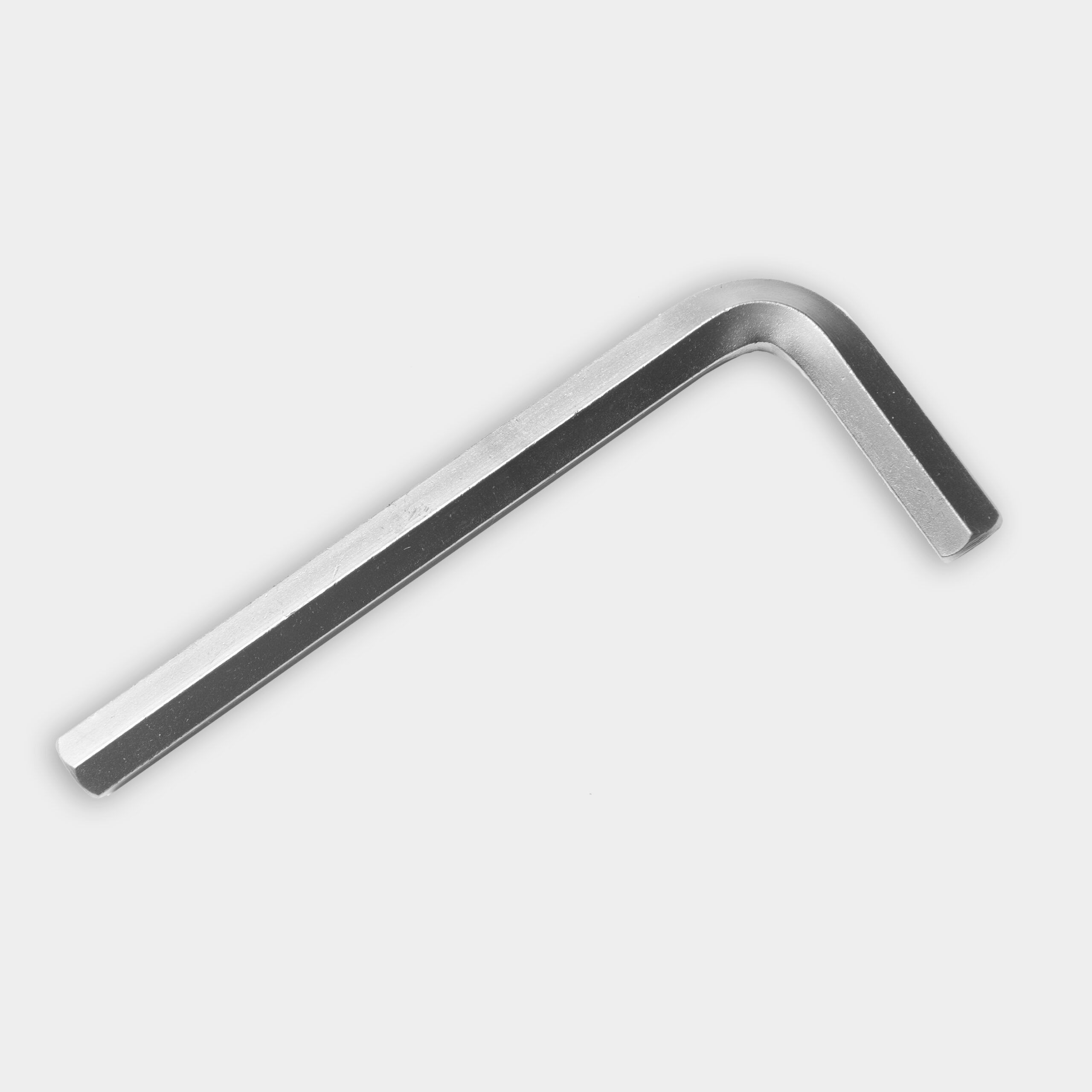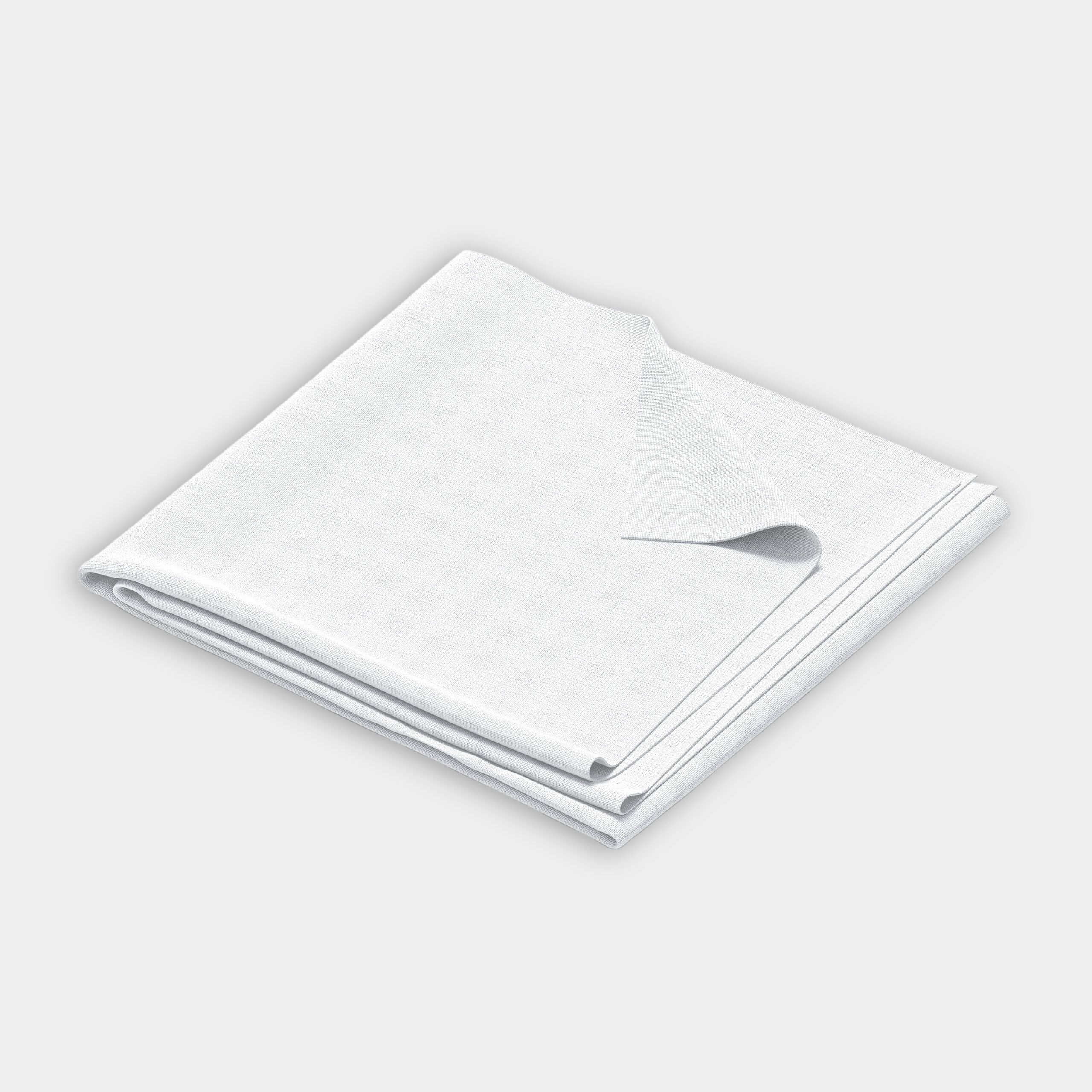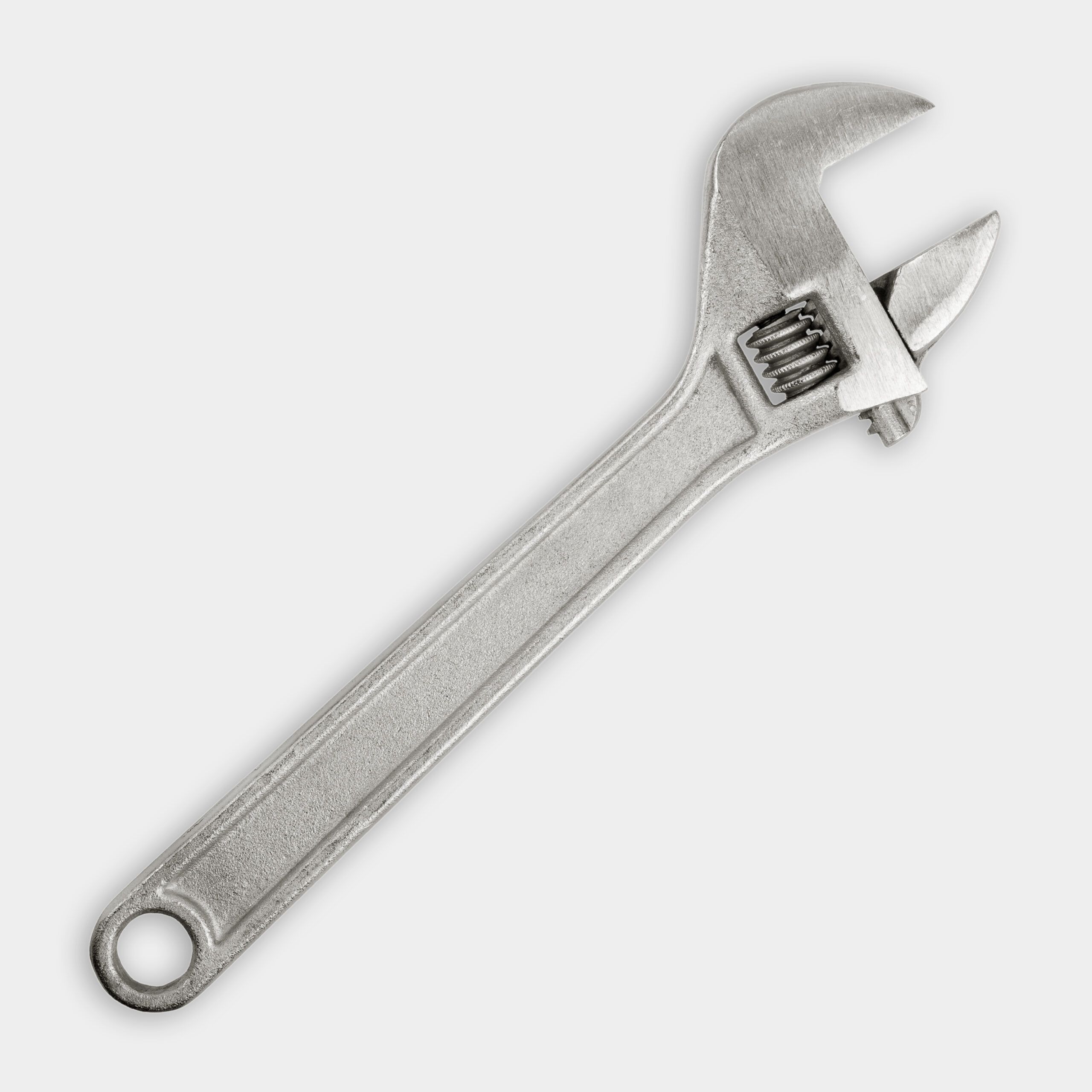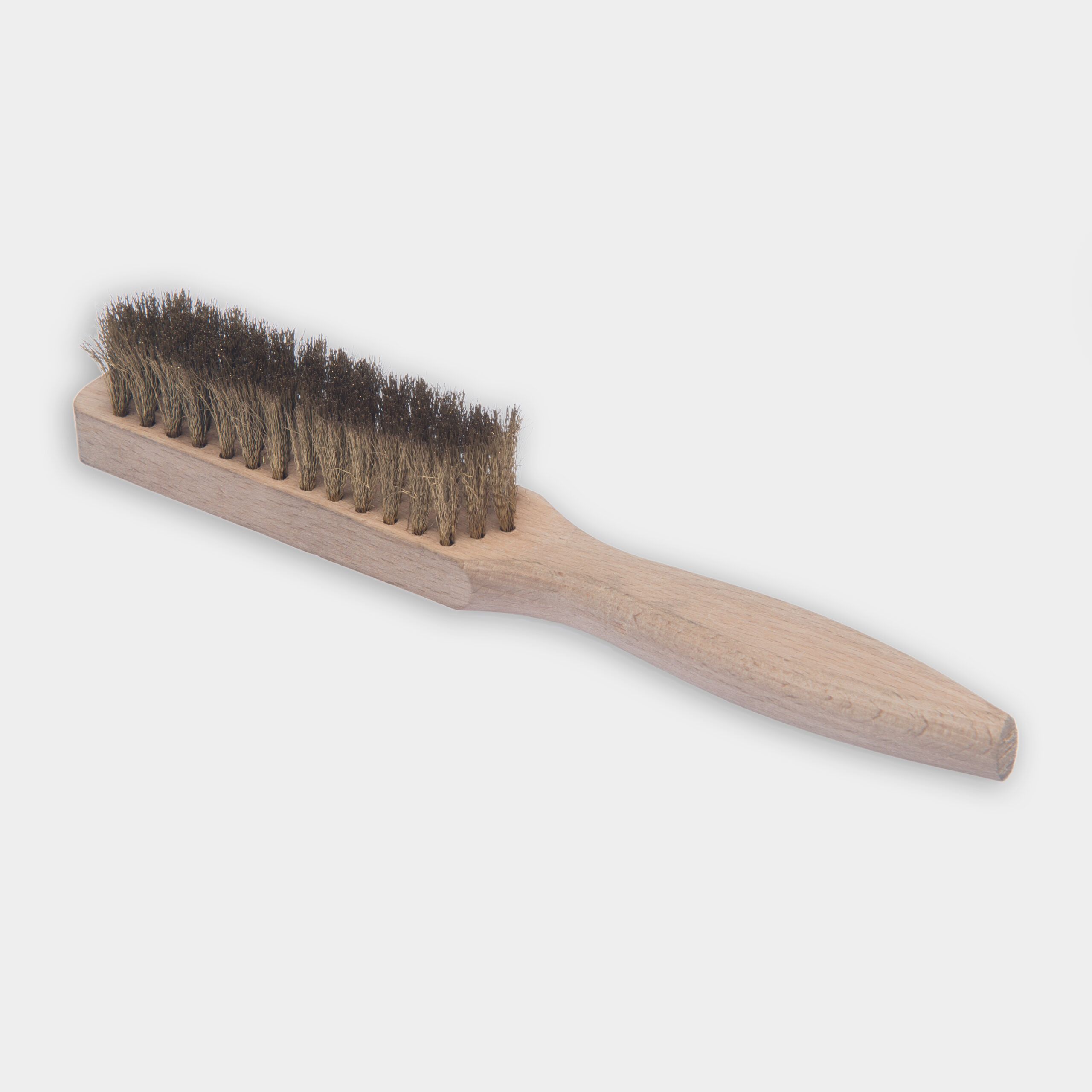We may be compensated if you purchase through links on our website. Our team is committed to delivering honest, objective, and independent reviews on home products and services.
A clogged shower cartridge can significantly reduce water pressure and disrupt your daily routine. In the video above, This Old House plumbing and heating expert Richard Trethewey demonstrates how to remove and clean a clogged shower cartridge in a New York City apartment.
Even if you don’t live in a large, urban apartment building with a water tank, your shower cartridge can still fill up with debris and mineral deposits. This guide will walk you through the process of identifying, removing, and cleaning a clogged shower cartridge to restore proper water flow.
Understanding Shower Cartridges
Shower cartridges are essential components of modern shower systems, controlling water flow and temperature. These small yet vital devices live inside the shower valve. Over time, they can accumulate mineral deposits and debris, leading to clogs and reduced water pressure.
Common Signs of a Clogged Shower Cartridge
Lower water pressure can be a symptom of a number of plumbing problems, but there are some other signs that can let you know that the cartridge might be to blame. These include the following:
- Difficulty adjusting water temperature or flow
- Inconsistent water temperature
- Strange noises coming from the shower valve
- Water leaks around the shower handle
Causes of Shower Cartridge Clogs
How do shower cartridges clog in the first place? Here are some common culprits:
- Corroded components within the plumbing system
- Debris entering the plumbing system
- Mineral deposits from hard water
- Regular wear and tear
- Sediment buildup from water tanks
Preparing To Clean the Shower Cartridge
Before beginning the cleaning process, it’s essential to gather the necessary tools and materials. This preparation ensures a smooth and efficient cleaning process, saving you time and effort.
Tools and Materials Needed
To clean a clogged shower cartridge, you’ll need the following:
- Bowl for soaking
- Drop cloth
- Open-ended adjustable (crescent) wrench
- Plumber’s grease (optional)
- Screwdriver set (including Allen wrenches)
- Small brush (such as a toothbrush)
- White vinegar
Preparation
This isn’t an inherently risky do-it-yourself (DIY) job, but there are some precautions you should take for your own comfort.
- Cover the drain with a drop cloth to prevent losing small parts.
- Make sure the bathroom is well-ventilated.
- Turn off the water supply to the shower to prevent accidental drenchings.
Steps To Clean a Clogged Shower Cartridge
Your faucet, handle, and cartridge may not look like the one in the video, and the process of removing it may be slightly different than shown. However, most showers have similar internal components, so here are some general steps for accessing and cleaning the cartridge.
Removing the Shower Handle and Trim
Remove the shower handle(s) by locating and removing any screws or caps. The exact way to do this will vary depending on the manufacturer. In general, look for small circles that could be concealing screws that are holding the handles in place. You can usually remove these with an Allen wrench.
Carefully remove the escutcheon plate or trim to expose the shower valve. If you haven’t already turned off the water main, shut the hot and cold water lines off. Sometimes, these will be in the wall next to the valve and can be closed with a screwdriver. Otherwise, you’ll need to shut off the main line.
Accessing and Removing the Cartridge
- Locate the shower cartridge within the valve body.
- Use an adjustable wrench to loosen and remove the retaining nut holding the cartridge in place.
- Gently pull the cartridge straight out of the valve body, being careful not to damage it or the surrounding components.
Cleaning the Cartridge
- Inspect the cartridge for visible debris or mineral buildup.
- Use a small brush to gently scrub away any impurities on the cartridge’s surface.
- Create a mixture of equal parts white vinegar and water in a bowl.
- Soak the cartridge in the vinegar solution for several hours to dissolve mineral deposits.
- Occasionally agitate the solution to help dislodge stubborn deposits.
Pro tip: If the deposits still won’t shake loose or if the cartridge is damaged, you may need to replace it. Every plumbing manufacturer has a slightly different shower valve, so it’s important to match the manufacturer when buying replacement cartridges. Depending on the shower valve, replacement cartridges can be found online, in plumbing supply houses, or for more common valves, in home centers.
Reassembling the Shower Valve
- Rinse the cleaned cartridge thoroughly with clean water.
- Apply a small amount of plumber’s grease to the O-rings if needed.
- Carefully reinsert the cartridge into the valve body, ensuring proper alignment.
- Tighten the retaining nut securely with the adjustable wrench.
- Replace the trim plate and shower handle, making sure all components are properly seated.
- Turn on the water supply and test the shower to ensure proper function.
Maintaining Your Shower Cartridge
Regular maintenance of your shower and plumbing system, in general, can help prevent future clogs and extend the life of your shower cartridge. Here’s how you can help keep everything in working order:
- Clean showerheads and aerators regularly to prevent mineral buildup.
- Consider installing a water softener if you have hard water.
- Flush your water heater annually to remove sediment.
- If your plumbing allows for it, use a shower filter to catch sediment before it reaches the cartridge.
- Schedule professional plumbing inspections every few years.
Troubleshooting Common Issues With Shower Cartridges
If problems persist after you’ve cleaned or replaced the cartridge, you may need to check for other causes.
Persistent Low Water Pressure
If low water pressure persists after cleaning the cartridge, check for:
- Blockages in other parts of the plumbing system
- Clogged showerhead or aerator
- Damaged or worn cartridge that may need a replacement
- Issues with the main water supply
Difficulty Adjusting Temperature
If temperature control remains an issue, consider doing the following:
- Checking your water heater settings
- Ensuring the mixing valve is functioning correctly
- Replacing the cartridge entirely
- Speaking with a plumber
Leaks After Reassembly
If you notice leaks after cleaning and reassembling the shower valve, do the following:
- Check for cracks or damages in the valve assembly
- Double-check all connections and tighten them as needed
- Ensure the cartridge is properly seated in the valve body
- Inspect O-rings for damage and replace them if necessary
When To Call a Professional To Fix a Clogged Shower Cartridge
While cleaning a shower cartridge is often a DIY-friendly task, there are situations where professional help may be necessary, such as the following:
- The shower valve or surrounding plumbing shows signs of damage or corrosion.
- You encounter unexpected complications during the cleaning process.
- You experience persistent problems despite repeated cleanings.
- You’re uncomfortable working with plumbing fixtures.
A licensed plumber can provide expertise and ensure the job is done correctly.
Additional Tips for Better Water Pressure
If you’ve cleaned the cartridge and nothing else appears to be wrong with your shower, but the water pressure is still unsatisfactory, you can try these fixes to get a better shower experience:
- Check your system’s valves: Look for your curbside main and in-line shut-off valves. Check that they are in an open position and are in good working condition.
- Install a pressure balancing valve: This can help maintain consistent water pressure and temperature, providing a more comfortable shower experience.
- Install a water pressure booster: These are tanks with electric pumps that mechanically increase your system’s water pressure. A professional plumber should install these. They’ll be able to tell you if your system can handle the added pressure.
- Replace single-handle volume control: In a single-handle faucet, the volume valve can wear out over time. This is a complex job and will probably require a plumber, but it can have a substantial effect on water pressure.
- Upgrade your showerhead: Consider investing in a high-efficiency showerhead to reduce water usage without compromising on pressure.
Note that some of these solutions will increase your home’s water use and, thus, your utility bills. Talk to a plumber for more information.
Resources
The shower valve the homeowner had in this piece was a DaVinci Thermostatic Mixer, which she sourced from AF Supply in Manhattan. Expert assistance with this segment was provided by Aladdin Plumbing Corp.
Shopping List
Cleaning-strength white vinegar




